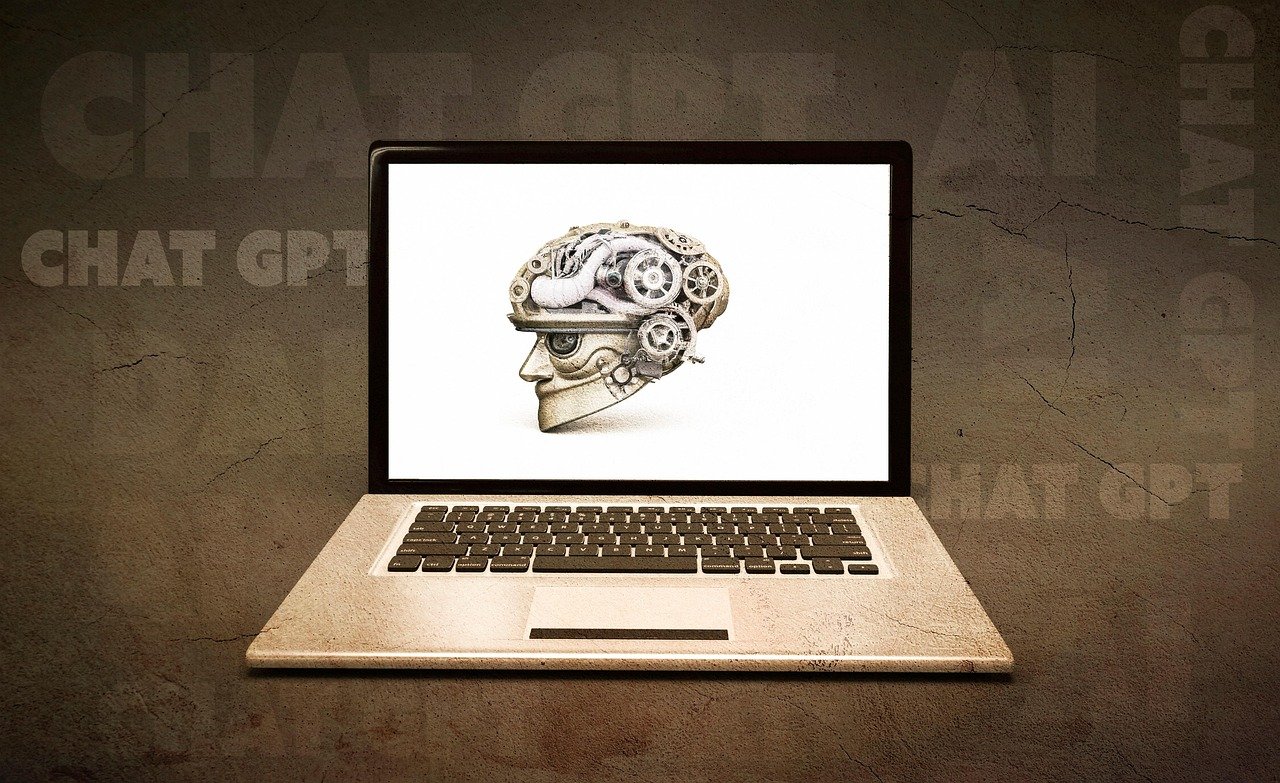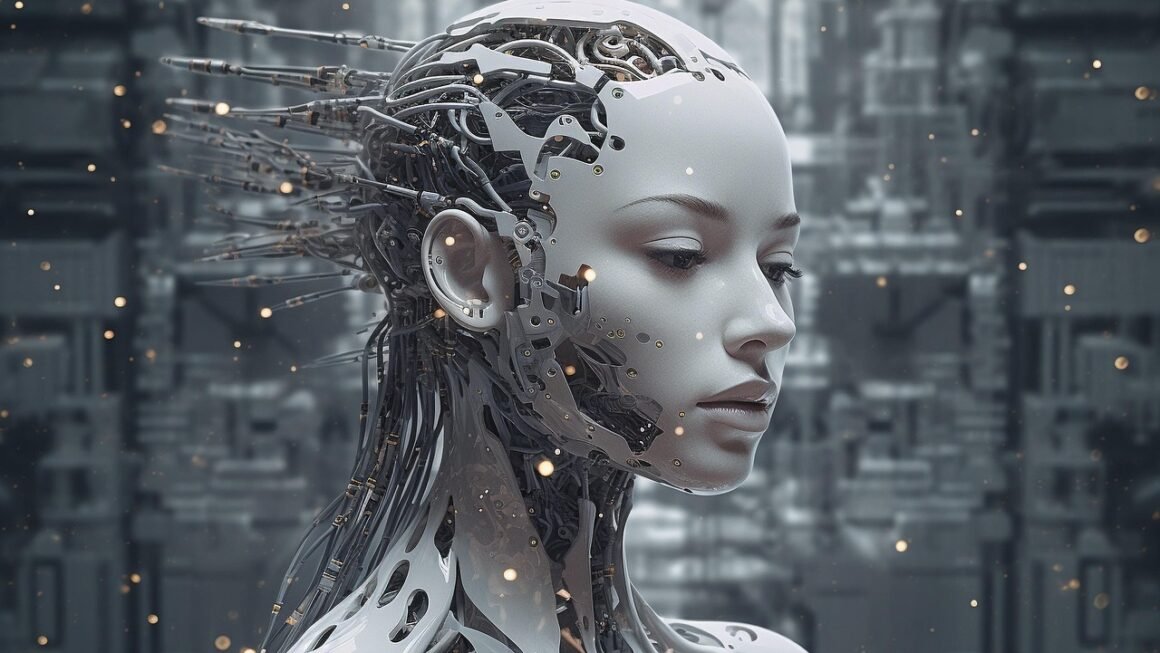Artificial intelligence (AI) is rapidly transforming industries across the globe, and education is no exception. From personalized learning experiences to automated administrative tasks, AI offers unprecedented opportunities to enhance teaching and learning. This blog post delves into the various applications of AI in education, exploring its benefits, challenges, and future potential. We’ll examine how AI-powered tools are revolutionizing the educational landscape, making it more accessible, engaging, and effective for students of all ages.
Revolutionizing Learning with AI: An Overview
AI in education encompasses a wide range of technologies designed to improve student outcomes, streamline administrative processes, and empower educators. It moves beyond simple digital tools and leverages machine learning, natural language processing, and other AI techniques to create adaptive and intelligent systems.
Personalized Learning Experiences
AI algorithms can analyze student performance data to identify individual learning gaps, strengths, and preferences. This allows for the creation of personalized learning paths tailored to each student’s unique needs.
- Adaptive Learning Platforms: Platforms like Knewton and ALEKS use AI to adjust the difficulty of questions and content based on a student’s real-time performance. They offer targeted support and remediation, ensuring that students master concepts before moving on.
- Personalized Tutoring Systems: AI-powered tutoring systems, such as Carnegie Learning’s MATHia, provide individualized instruction and feedback, mimicking the experience of working with a human tutor. These systems can adapt to a student’s learning style and provide customized guidance.
- Example: A student struggling with algebra can receive extra practice problems and explanations on specific topics where they are facing difficulties, while a student who is excelling can move ahead to more advanced material.
Enhanced Accessibility and Inclusivity
AI can play a crucial role in making education more accessible and inclusive for students with disabilities or those who face language barriers.
- AI-Powered Translation Tools: Real-time translation tools can break down language barriers, allowing students who speak different languages to access educational content and participate in class discussions. Google Translate, for example, can be integrated into educational platforms to provide instant translations.
- Assistive Technology for Students with Disabilities: AI-powered assistive technologies, such as text-to-speech software and screen readers, can help students with visual impairments or learning disabilities access and understand educational materials. Dragon NaturallySpeaking, for instance, allows students to dictate their assignments, making writing easier.
- Automatic Captioning and Subtitling: AI can automatically generate captions and subtitles for videos and lectures, making them more accessible to students who are deaf or hard of hearing.
AI-Powered Tools for Educators
AI is not just about helping students; it also offers valuable tools for educators, freeing them up to focus on what they do best: teaching and mentoring.
Automating Administrative Tasks
AI can automate many time-consuming administrative tasks, such as grading assignments, scheduling meetings, and managing student records.
- Automated Grading Systems: AI-powered grading systems can automatically grade multiple-choice quizzes, essays, and other types of assignments, saving teachers valuable time. Gradescope is an example of a tool that can automate the grading of handwritten assignments.
- AI-Driven Scheduling Tools: Scheduling tools can use AI to optimize class schedules, taking into account teacher availability, classroom capacity, and student preferences.
- Chatbots for Student Support: AI-powered chatbots can answer common student questions about course policies, assignments, and deadlines, providing instant support and reducing the burden on teachers.
Improving Curriculum Design
AI can analyze student performance data and provide insights into which topics are most challenging for students. This information can be used to improve curriculum design and teaching strategies.
- Identifying Learning Gaps: AI can identify specific concepts or skills that students are struggling with, allowing teachers to tailor their instruction to address those gaps.
- Personalized Curriculum Recommendations: AI can recommend personalized learning resources and activities based on student interests and learning styles, enhancing engagement and motivation.
- Data-Driven Insights: Using AI to analyze large datasets of student performance, educators can identify trends and patterns that inform their teaching practices. For example, if students consistently struggle with a particular type of problem, the teacher can adjust their approach or provide additional support.
The Future of AI in Education
The integration of AI in education is still in its early stages, but its potential is enormous. In the coming years, we can expect to see even more innovative applications of AI in the classroom and beyond.
Virtual Reality (VR) and Augmented Reality (AR) Integration
AI can enhance VR and AR experiences, creating immersive and interactive learning environments. Imagine students exploring ancient civilizations or dissecting a virtual frog in a safe and engaging way.
- AI-Driven VR Simulations: AI can create realistic and adaptive VR simulations that respond to student actions and provide personalized feedback.
- Augmented Reality Learning Aids: AI can power AR apps that overlay information and interactive elements onto the real world, making learning more engaging and contextualized.
AI-Powered Assessment and Feedback
AI will play an increasingly important role in assessment, providing more personalized and timely feedback to students.
- Automated Essay Scoring with Detailed Feedback: AI can analyze essays and provide detailed feedback on grammar, style, and content, helping students improve their writing skills.
- Predictive Analytics for Student Success: AI can use predictive analytics to identify students who are at risk of falling behind and provide targeted interventions.
- Formative Assessment Tools: AI can create and administer formative assessments that provide immediate feedback to students, allowing them to track their progress and identify areas where they need additional support.
Ethical Considerations and Challenges
While AI offers numerous benefits for education, it’s crucial to address the ethical considerations and potential challenges associated with its implementation.
Data Privacy and Security
Protecting student data privacy is paramount. Educational institutions must implement robust security measures to safeguard sensitive information from unauthorized access.
- Data Encryption: Encrypting student data can prevent unauthorized access and protect privacy.
- Data Anonymization: Anonymizing data can reduce the risk of identifying individual students.
- Compliance with Privacy Regulations: Educational institutions must comply with relevant privacy regulations, such as GDPR and FERPA.
Bias and Fairness
AI algorithms can perpetuate existing biases if they are trained on biased data. It’s essential to ensure that AI systems are fair and unbiased, providing equitable opportunities for all students.
- Diverse Datasets: Training AI algorithms on diverse datasets can help mitigate bias.
- Algorithmic Audits: Regularly auditing AI algorithms can help identify and address bias.
- Transparency and Explainability: Understanding how AI algorithms make decisions is crucial for ensuring fairness and accountability.
The Role of Teachers
AI should be used to augment, not replace, teachers. Teachers play a vital role in providing human connection, empathy, and critical thinking skills that AI cannot replicate.
- Professional Development: Providing teachers with professional development opportunities to learn how to use AI effectively is crucial.
- Focus on Higher-Order Thinking Skills: AI can free up teachers to focus on teaching higher-order thinking skills, such as critical thinking, problem-solving, and creativity.
- Building Relationships with Students: Teachers can focus on building strong relationships with students and providing personalized support and guidance.
Conclusion
AI has the potential to transform education in profound ways, making learning more personalized, accessible, and effective. By embracing AI-powered tools and addressing the ethical considerations, educators can create a more engaging and equitable learning environment for all students. As AI continues to evolve, its role in education will only grow, shaping the future of learning for generations to come. We need to prepare for that by investing in research, training, and ethical frameworks to ensure that AI is used responsibly and effectively in education.



